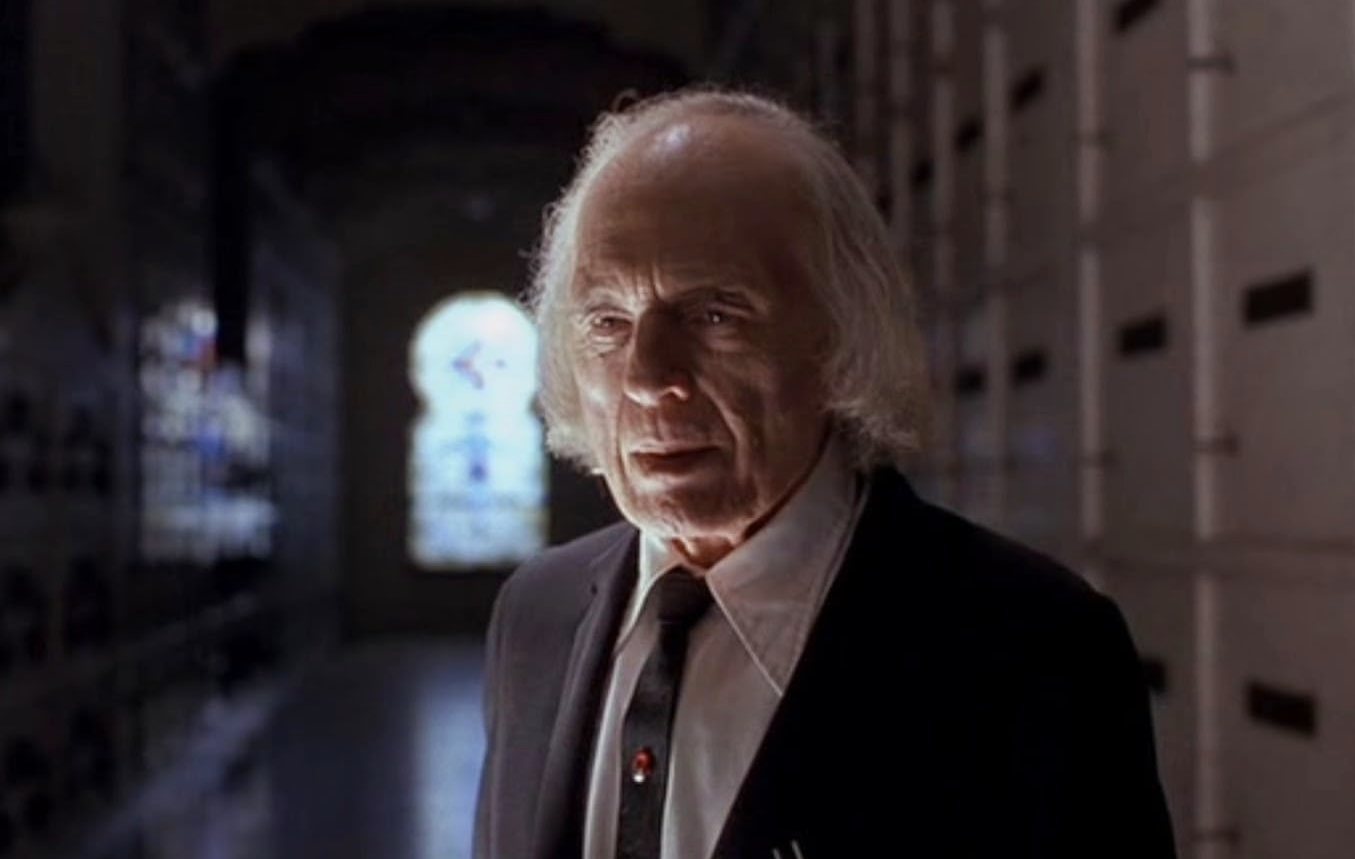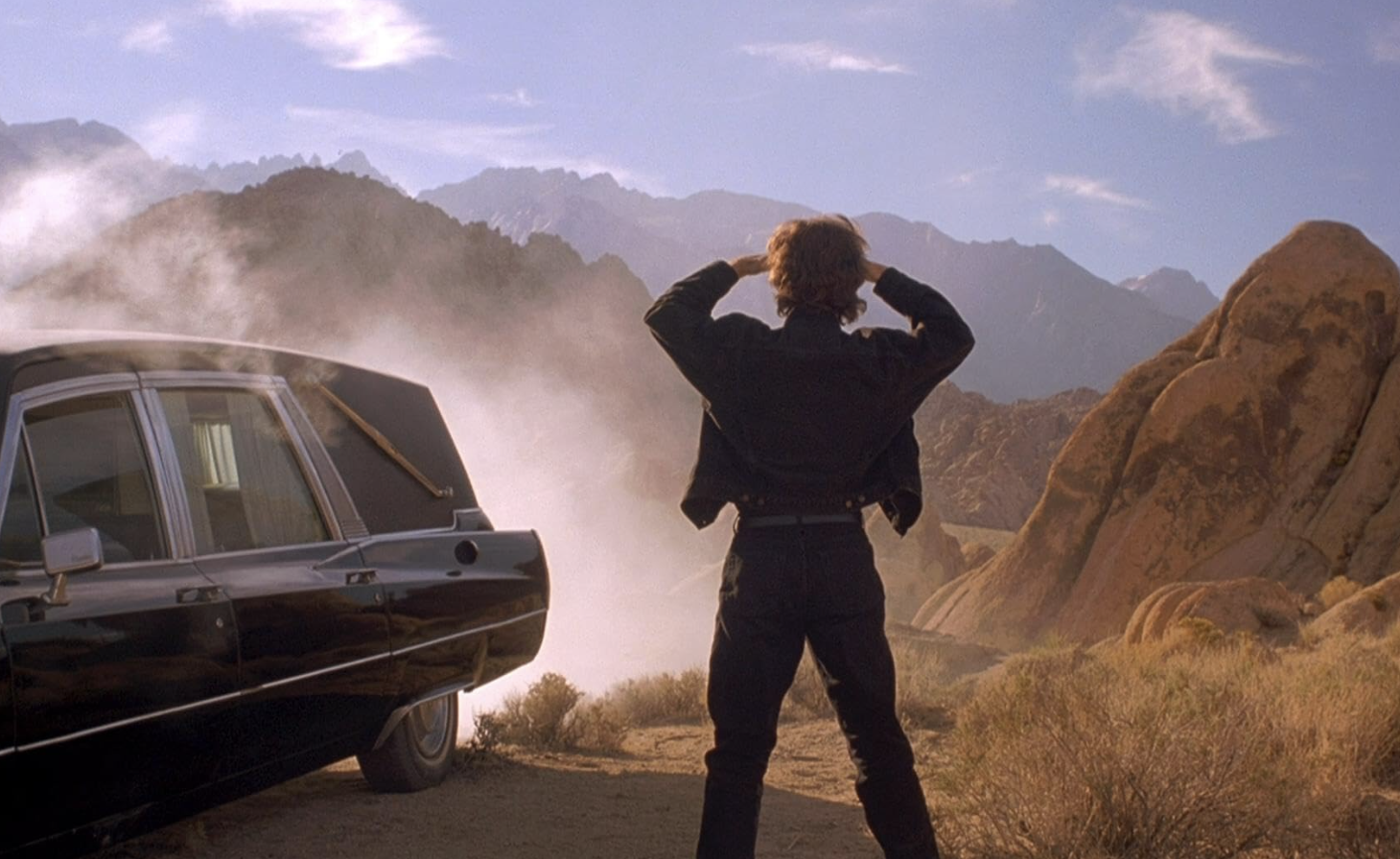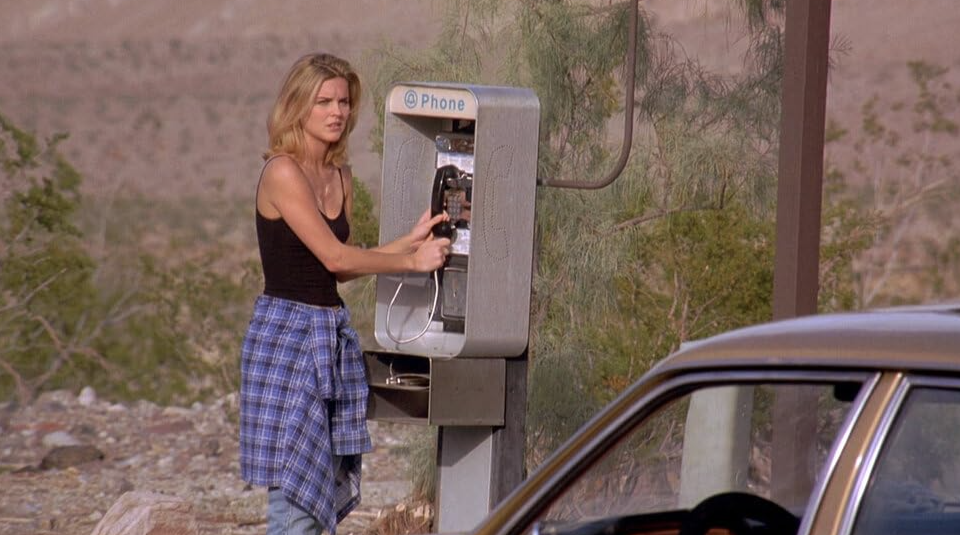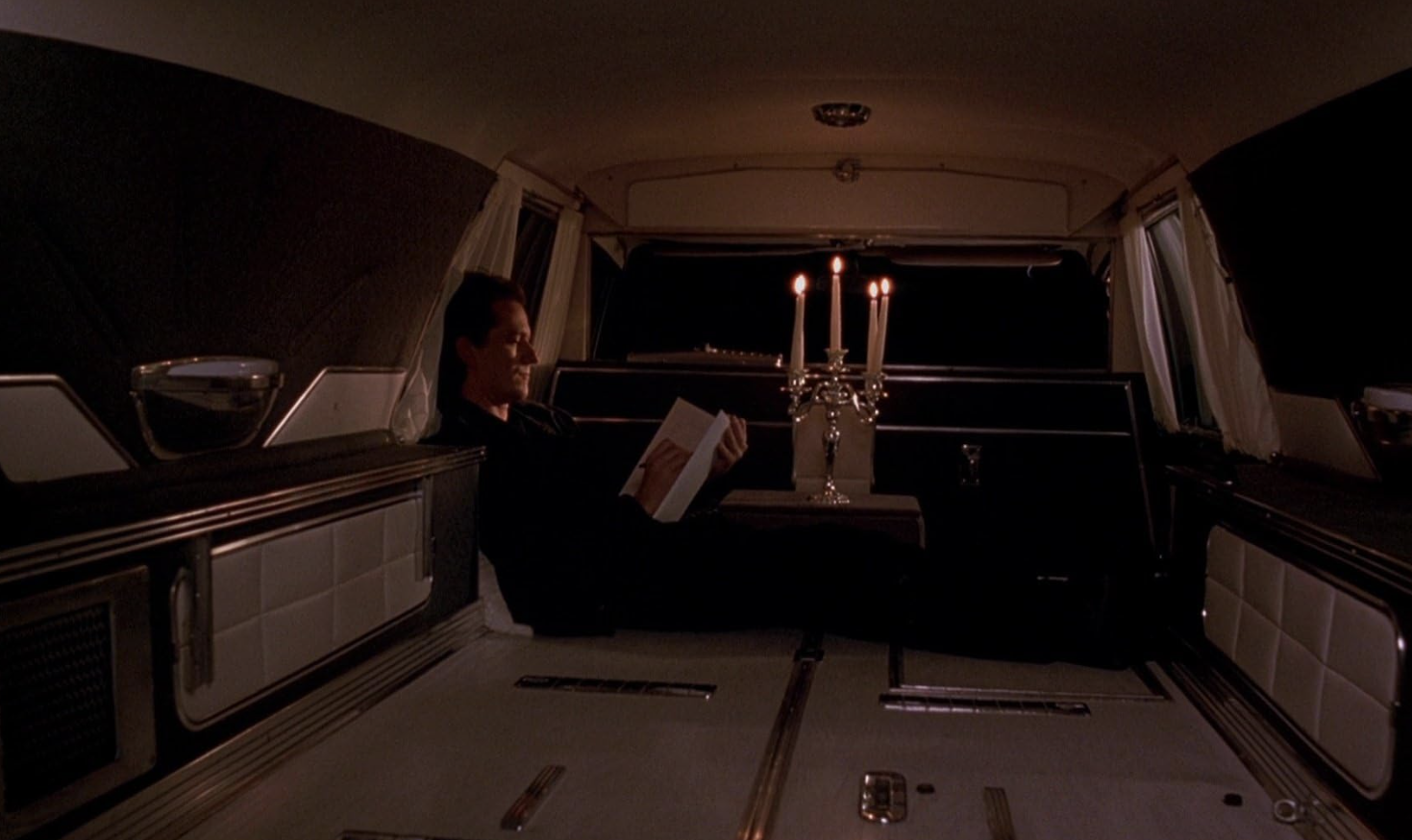Phantasm: Oblivion. Why It's The Fan Favorite.
When Don Coscarelli returned to the Phantasm series in 1998 with the fourth installment, he made a bold decision: forget the action-comedy direction of Phantasm III and return to the surreal, dreamlike horror that made the original a cult classic. The result was Phantasm: Oblivion, arguably the fan favorite entry in the series.
Coscarelli deliberately crafted Oblivion as a low-budget sequel focused on horror and surrealism, returning to the atmospheric style of the 1979 original. With an ultra low indie budget to work with (a fraction of the previous films' budgets) Coscarelli transformed limitation into artistry.
The film is meditative, quiet, and bizarre, closer to video art than franchise filmmaking, with Death Valley's sparse landscapes lending it an almost cosmic quality. It is "slow cinema" that demands patience and rewards those willing to embrace its dreamlike logic.
One of Oblivion's most remarkable achievements is its integration of unused footage from the original 1979 film. After years of being lost, this material was rediscovered and woven into the sequel through a time-travel narrative.
The result? A seamless blend of 19-year-old footage with new material that creates perfect continuity despite the time gap. For many fans, this reinforces the series' core theme that nothing in the Phantasm universe is fixed everything you see across all four films may or may not have happened. It's meta-filmmaking at its finest, turning budgetary constraints into narrative innovation.
Director of Photography Chris Chomyn deserves special recognition for making Oblivion's meager budget look like a visual feast. Working with stunning natural locations rocky beaches, Death Valley's salt flats with their sheer openness, desert landscapes with intricate rock formations, and a guerrilla-shot sequence on a completely depopulated Wilshire Boulevard in Los Angeles Chomyn transforms these sparse backdrops into forbidding, otherworldly spaces. His work creates an incredibly strong sinister atmosphere, using the desert's vastness to amplify the film's sense of cosmic dread and isolation. The moody, psychological cinematography elevates Oblivion far beyond its budgetary constraints.
Oblivion reveals glimpses of the Tall Man's backstory, explores Mike's ultimate fate—his transformation into a new Tall Man and brings the mysterious fortune teller from the first film full circle. The film ends with a discarded scene from the original that provides a poignant, subtle conclusion unlike the endings of other Phantasm movies.
For fans who appreciate ambiguity and open-ended narratives, Oblivion is a gift. It raises more questions than it answers, keeping the series' enigmatic spirit alive.
In an era of safe franchise filmmaking, Oblivion dared to be weird, slow, and uncompromising. For the right viewer the one who wants art-house horror wrapped in interdimensional nightmares this is Phantasm at its purest. It's not for everyone. And that's precisely why its devotees love it so fiercely.







